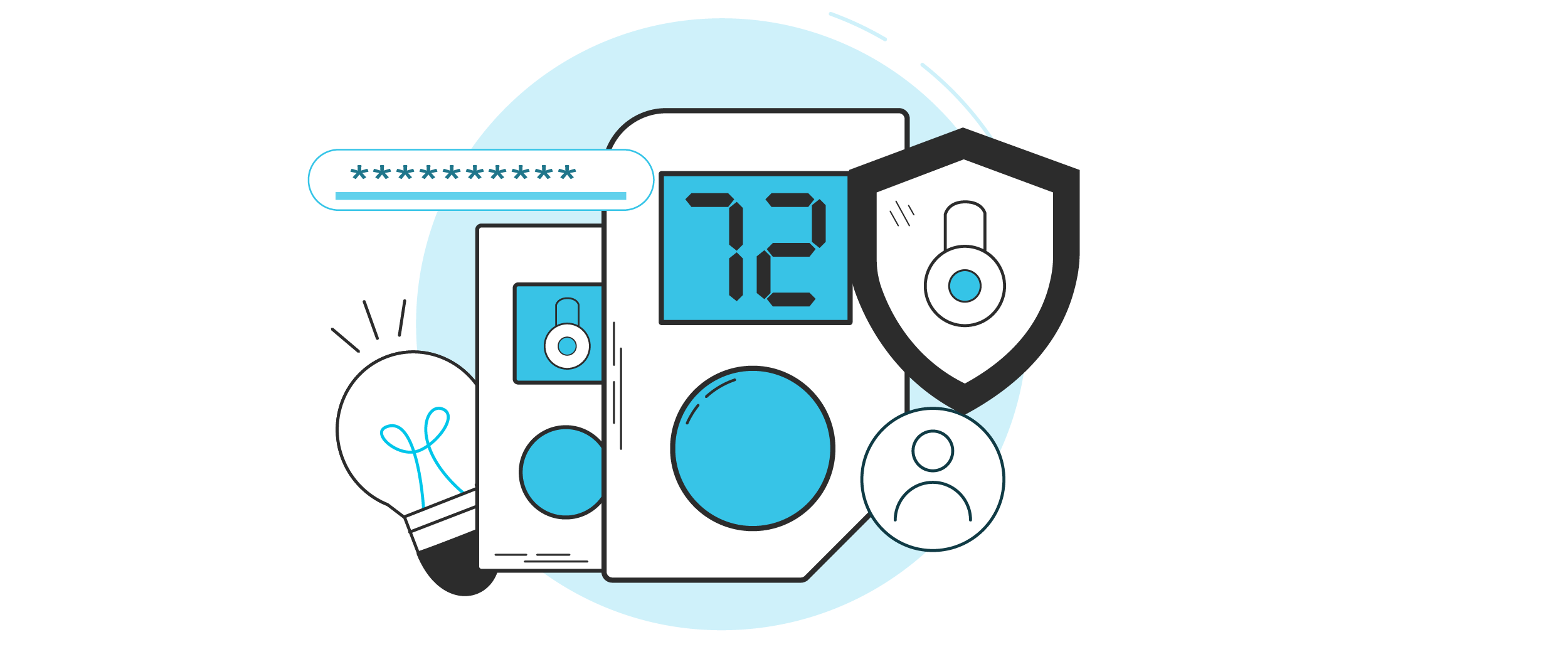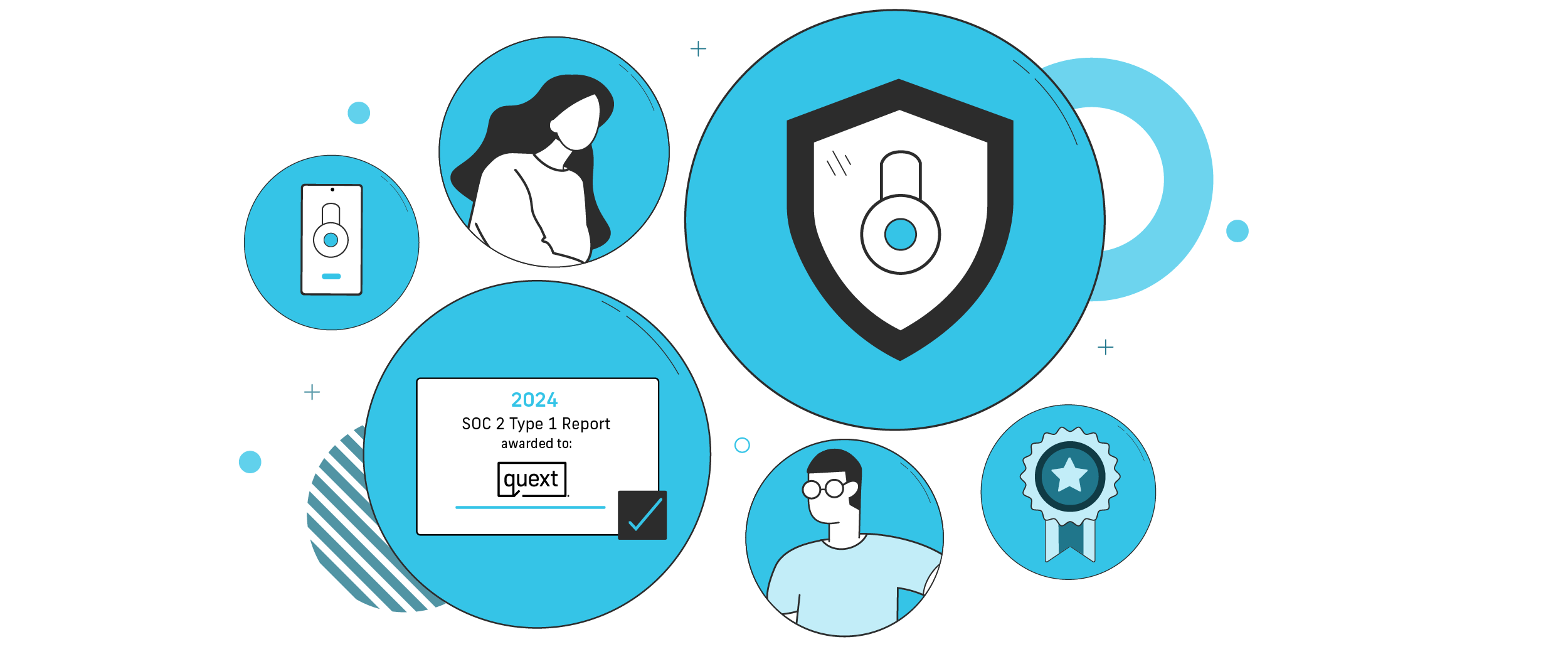
In today’s world, we’re surrounded by smart devices that connect to the internet, making our lives easier and more efficient. But these devices, known as the Internet of Things (IoT), also bring with them a big concern: security. Think of it like this – when you have so many devices connected to the internet, the likelihood of hackers breaking into these devices is increased. If they succeed, it’s not just your data at risk; it could affect important systems like your smart thermostat, home door locks, and more. That’s why understanding and prioritizing IoT security at Quext is crucial for protecting systems and residents from external threats.
Assessing the Security Landscape of the Internet of Things
As these smart devices take the journey from manufacturers all the way to the resident, keeping them secure throughout this process presents a challenge. These gadgets face risks because they rely on regular software updates, timely security fixes, and strong security features to work well. Balancing efficiency with security in IoT systems is tricky. To tackle these issues, here at Quext, we’re focusing on a few key things. First, we’re beefing up security measures on our devices, like making sure data communication is secure, and strong passwords are applied everywhere. Second, we’re protecting our internal networks with redundant security measures and encryption. And third, we’re teaching everyone at Quext about security awareness and how to spot and avoid potential threats. By doing all of these things, at a minimum, we are ensuring that the right steps are being taken moving forward.
IoT in Cybersecurity: Addressing Vulnerabilities
When we talk about the connection between IoT and cybersecurity, we uncover various weaknesses in IoT devices. These weaknesses, like weak passwords or lack of encryption, make IoT systems vulnerable. To deal with this, it’s crucial for companies to take certain steps such as using strong encryption standards, like AES, RSA, or TLS/SSL, to protect data as it moves between devices, and implementing a strong password policy for all employees, vendors, and contractors.
Another pain point that IoT companies face is not strictly managing who can access infrastructure and applications. Failure to implement robust access control measures leaves systems vulnerable to unauthorized access, insider threats, and even potential data breaches. Additionally, poor access management makes it challenging to track user activity, making incident response efforts a nightmare. To mitigate these risks, organizations must adopt a proactive approach to access control, implementing principles of least privilege and role-based access control (RBAC) to ensure that only authorized individuals have access to critical resources and data.
Exploring Specific IoT Security Concepts
To build a strong security foundation for IoT, it’s crucial to understand key concepts like encryption, authentication, and access control. Encryption keeps data safe as it moves between devices, making sure it can’t be intercepted or altered. Authentication confirms the identity of users and devices, stopping unauthorized access to sensitive information. Access control limits who can interact with systems and what they can do, reducing the chance of misuse. Other important concepts include secure bootstrapping and over-the-air updates. Secure bootstrapping ensures that device firmware is trustworthy from the start, while over-the-air updates let us quickly fix any known vulnerabilities. By mastering these basic principles and putting them into practice, organizations can create a strong security system for their IoT networks.
Quext’s Commitment to Security
At Quext, we recognize the critical importance of safeguarding IoT devices and networks against emerging threats. That’s why we’re proud to announce that we have obtained our SOC 2 Type 1 Report for Security.

Obtaining this certification demonstrates our adherence to security standards and best practices, and provides our clients with the assurance that their Quext deployments are protected by industry-leading security protocols and a dedicated team.
In conclusion, securing IoT systems requires a proactive and multi-layered approach, and by addressing vulnerabilities, implementing robust security measures, and fostering a culture of security awareness, organizations can fortify their IoT ecosystems against emerging threats and ensure the security of their connected devices and networks.




